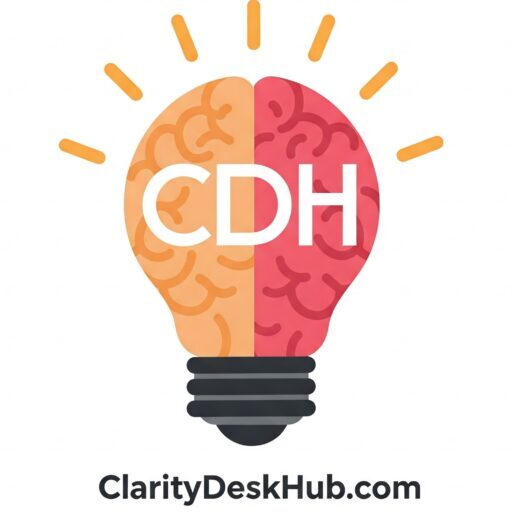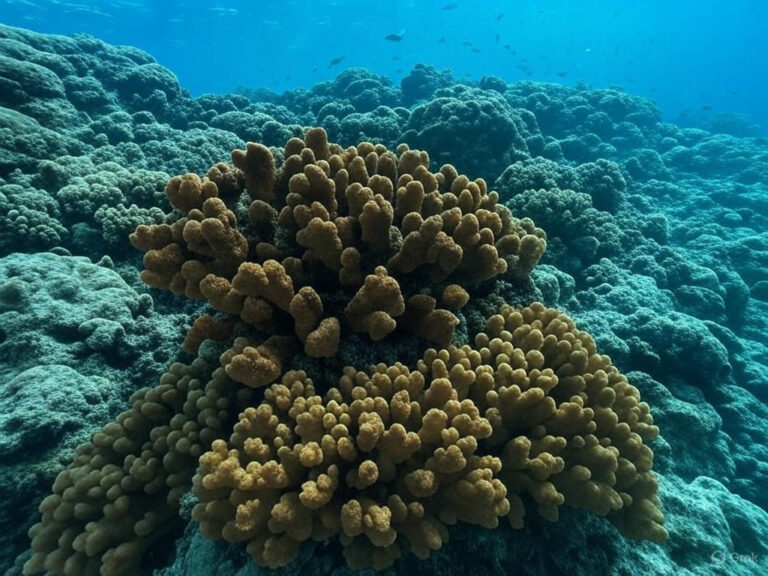Diastrophic Forces
Imagine you are watching a time-lapse video of Earth spanning millions of years. What do you see? Land rising, mountains forming, valleys deepening—a slow but grand transformation. Unlike earthquakes and volcanoes that make their presence known instantly, diastrophic forces operate patiently and persistently, shaping the land over millions of years. Now, let’s embark on a…



